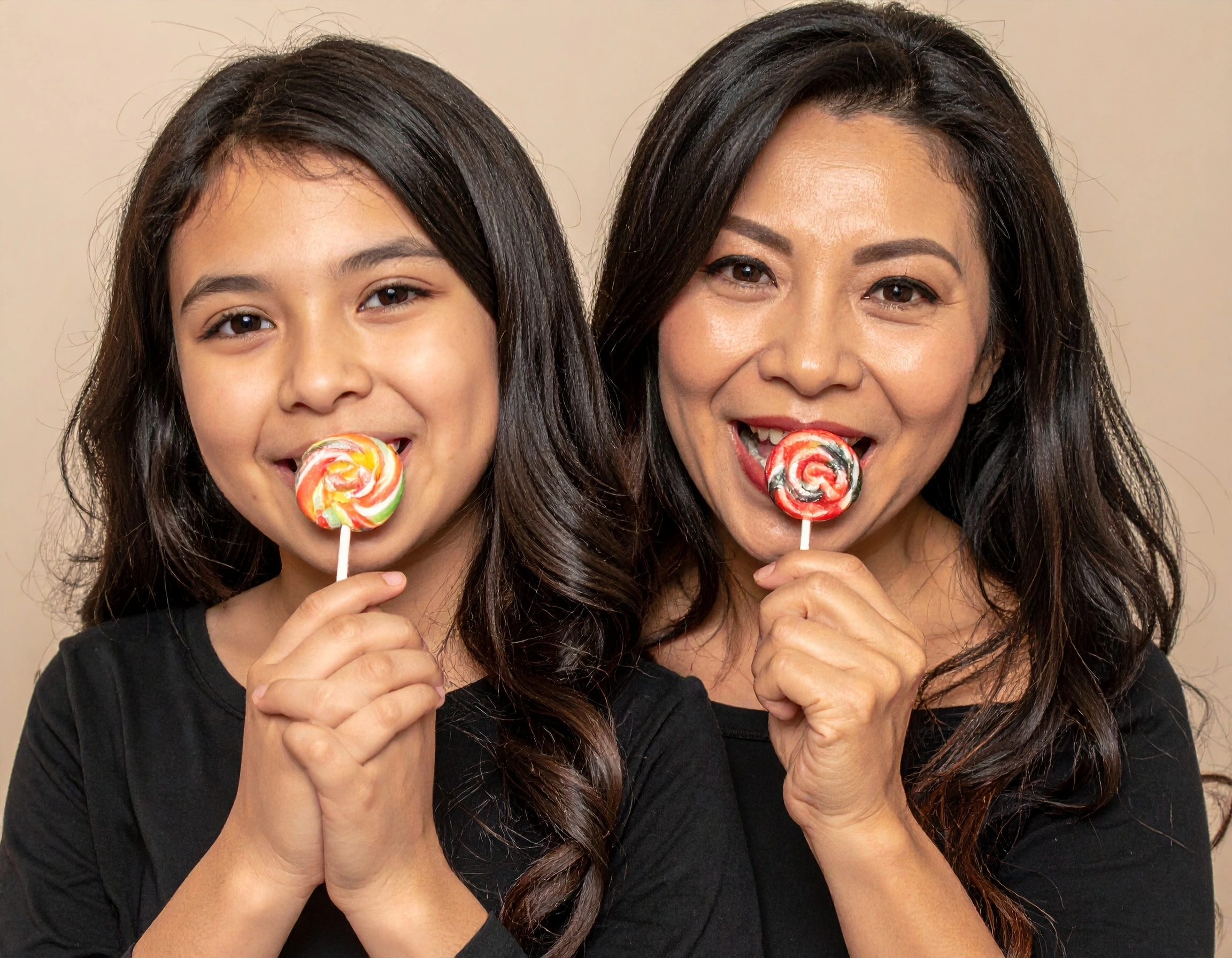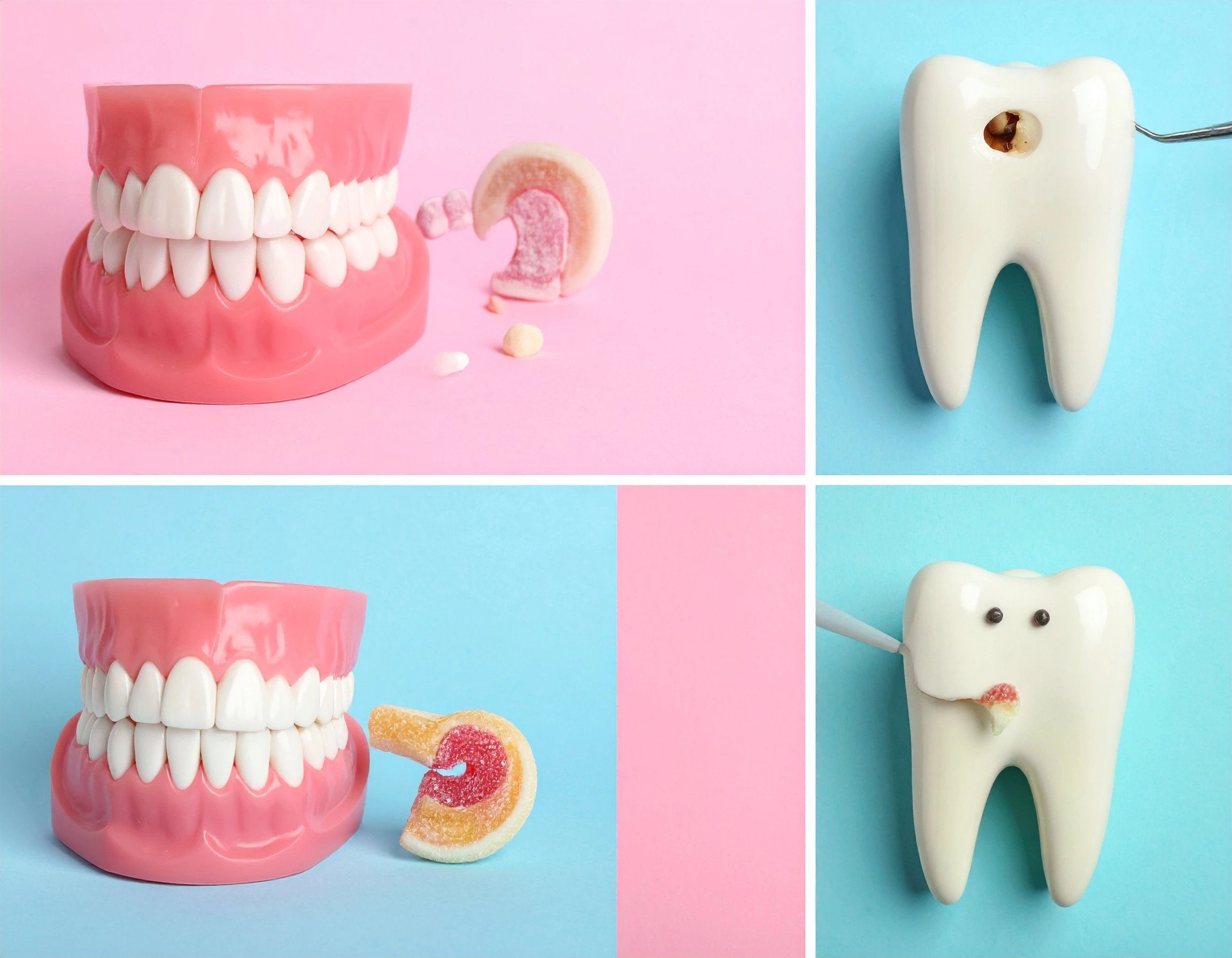%20copy.webp)


It’s that time of year again—pumpkins on doorsteps, spooky decorations everywhere, and kids excitedly planning their Halloween candy haul. You watch as your little one dives into chocolate bars, gummy worms, and sticky taffy, and suddenly a pang of worry hits you: “Is all this candy going to ruin their teeth?” You’re not alone. Every October, dentists see an increase in cavities, sensitivity, and dental issues caused by excessive sugary treats. But don’t worry—this guide will show you exactly how to enjoy Halloween without sacrificing your smile.
At Smiles By Design San Diego, we understand the challenge. With years of experience and a reputation for helping families maintain healthy teeth, we’ve put together a comprehensive guide to protect your smile this Halloween and beyond.

Candy isn’t inherently evil, but sugar and sticky foods can be harmful when they linger on teeth. Bacteria in the mouth feed on sugar and produce acids that attack tooth enamel, causing decay. Sticky candies like gummies or caramel cling to teeth, prolonging exposure to sugar and increasing cavity risk. Even chocolate, though easier to clean off teeth, contains sugar that can feed bacteria.
Halloween treats often lead to multiple sugar exposures throughout the day, which is worse than a single sugary meal. It’s not just about how much candy is eaten but how often teeth are exposed to sugar. This is why proper oral hygiene during the candy season is critical.
Several factors can make children—and adults—more susceptible to cavities during Halloween:
Early recognition is key to preventing more serious dental issues. Watch for:
If you notice any of these signs after Halloween, it’s wise to schedule a dental visit immediately.

At Smiles By Design San Diego, we follow a thorough process to assess candy-related dental issues:
Early intervention can prevent minor sugar-induced problems from turning into serious dental emergencies.
Myth 1: Chocolate is worse than sticky candy.
Fact: Sticky candies like caramels and gummies are more harmful because they stick to teeth longer.
Myth 2: Kids don’t need to brush after every candy.
Fact: Brushing after sugary snacks reduces acid exposure and prevents decay.
Myth 3: Sugar-free gum isn’t helpful.
Fact: Chewing sugar-free gum stimulates saliva, which naturally cleans teeth and neutralizes acids.
Q: How much candy is too much?
A: Limit candy to small amounts during meals. Avoid constant snacking to reduce cavity risk.
Q: Can dental sealants protect teeth from Halloween candy?
A: Yes, sealants are especially effective on molars where sticky candy tends to cling.
Q: When should my child see the dentist after Halloween?
A: Ideally within a week or two, especially if you notice any signs of decay or sensitivity.
Q: Are natural sweet treats safe for teeth?
A: Some fruits are safer than candy but can still contain natural acids. Rinse with water and brush afterward.
Q: Can adults get cavities from Halloween candy too?
A: Absolutely. Adults are not immune to decay, especially if they consume sugary treats frequently.
Enjoy Halloween without compromising your family’s dental health! Schedule a consultation with Smiles By Design San Diego, consistently rated 5 out of 5 stars for exceptional dental care. Our expert team will assess your teeth, provide preventive advice, and ensure your smile stays healthy throughout the candy season.
Address: 15373 Innovation Drive #110, San Diego, CA 92128
Phone: 858-485-5552